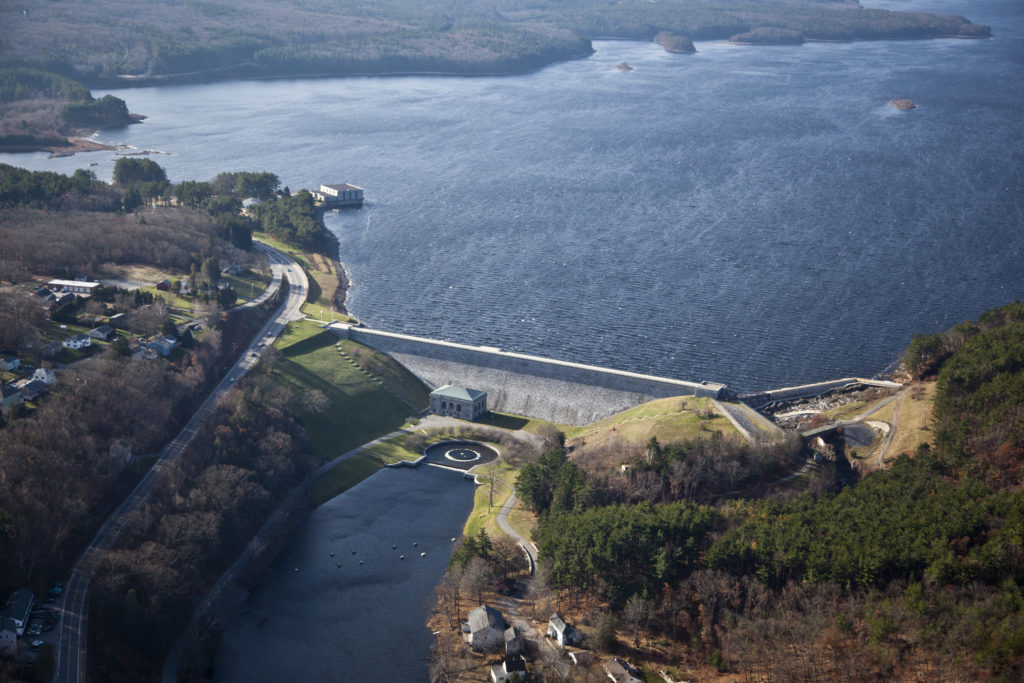The Impact of Reservoir Construction on Carbon Storage in Ocean Sediments

November 26, 2023 feature
This article has been reviewed according to Science X's editorial process and policies. Editors have highlighted the following attributes while ensuring the content's credibility:
- fact-checked
- peer-reviewed publication
- trusted source
- proofread
by Hannah Bird , Phys.org
The topic of carbon storage, particularly in terrestrial forests, soils, wetland mangroves and seagrasses, has been a major focal point in recent years. This is because it can reduce carbon dioxide levels, originating from both natural sources and human activities, thus helping in the fight against global warming.
There is also an alternative carbon reservoir in marine sediments, specifically on marginal continental shelves. While these areas encompass only 8% of the worldwide ocean expanse, they hold an astounding potential to store 80% of the planet’s organic carbon, this equating to 126.2 teragrams each year. Marine organic carbon is derived from phytoplankton and microbial metabolic activities in sediments. Terrestrial sources also contribute by delivering carbon-rich substances to the ocean floor due to riverine transport and coastal erosion.
A recent study in Frontiers in Marine Science investigated the rate of carbon storage in the western Pacific Ocean from 1855, with a special emphasis on the negative effects of reservoir construction on carbon stocks. The study, conducted by Dr. Haili Ma from the Ocean University of China and her team, involved the analysis of 17 sediment cores extracted from the South Yellow Sea and East China Sea.
Various observations were made from the data. Initially, there was a decrease in carbon stocks from 1855 to 1950, which was attributed to flooding between 1851-1855 that resulted in the Yellow River changing course. Following this, carbon stocks increased after 1950, thanks to wind-propelled sediment transport during winter monsoons. However, the carbon stocks declined again after 1990 due to the construction of dams and reservoirs upstream the Yangtze River, which reduced sediment transport.
The researchers estimated the global average of carbon stocks in marine sediments to be 66.6 tons per hectare. However, that in the South Yellow Sea declined by 32% to 45.2 tons per hectare. Notwithstanding, due to the higher sediment accumulation rates in this region (2.7 mm/year), the rate of carbon stock accumulation is 0.31 tons per hectare per year.
Considering the huge expanse of the marginal marine area on the continental shelf here (4.7 million km2), an impressive amount of carbon (0.75 petagrams) could be stored in the area. Yet, this is a minute fraction of the atmospheric carbon growth rate, which has been calculated to be 5.4 ± 0.2 petagrams per year. Out of this, only 40% can be absorbed by the oceans.
Analysis of the 17 sediment cores indicated total organic carbon content ranging from 0.12–1.31%, with a minor decrease throughout the core depth. This correlated negatively with the dry bulk density of the sediments, suggesting an increase in sediment grain size.
In addition, carbon reservoir stocks varied from 0.12–0.83 tons per hectare across the study region. However, a noticeable decrease was observed since the early 1990s following the construction of reservoirs in the Ou River basin in 1988 and 1989. Further construction, particularly the Three Gorges Dam on the Yangtze River in 2003, has reduced sediment transport by 63% thus impacting the capacity to transport carbon to the marginal marine shelf.
This study reiterates the unintended consequences of human activities on the carbon cycle. Therefore, future dam and reservoir siting need to consider the potential negative impact on carbon stocks and its broader implications for global warming.
Journal information: Frontiers in Marine Science
© 2023 Science X Network




